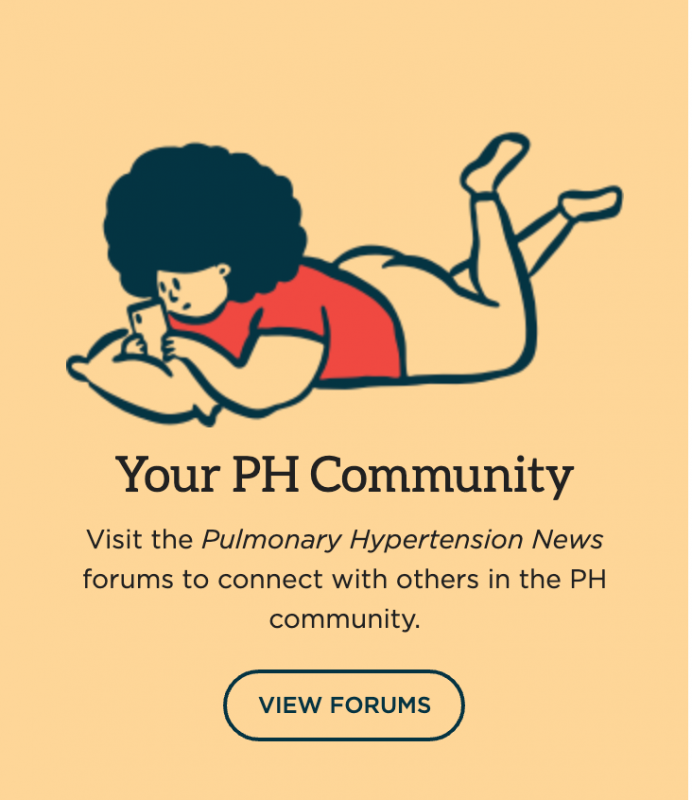Treprostinil may improve lung blood flow after Fontan heart repair
Study in children finds improved oxygen delivery, reduced pulmonary pressure

Treprostinil may help manage pulmonary hypertension (PH) in children who’ve undergone Fontan surgery for congenital heart defects, according to a study in China.
The treatment was associated with lower mean pulmonary arterial pressure (PAP) and improved oxygenation — oxygen delivery to tissues. The therapy was well tolerated, with no major adverse events observed.
According to the researchers, “given the lack of consensus on the optimal pharmacological management of PH after Fontan surgery, these findings contribute valuable evidence to guide clinical decision-making.”
The study, “Efficacy and safety of treprostinil in pediatric pulmonary hypertension following fontan surgery: a real-world analysis,” was published in BMC Pediatrics.
Fontan procedure helps children born with single-ventricle heart defects
Fontan surgery is used to treat people born with a single working heart ventricle, instead of two. After the procedure, all oxygen-poor blood goes to the pulmonary arteries instead of through the heart chambers. Even small increases in pulmonary vascular resistance (the resistance to blood flow) can significantly reduce the amount of blood pumped by the heart and precipitate Fontan failure.
Right after surgery, PH — high blood pressure in the pulmonary arteries — is a key factor affecting the success of the operation. A mean PAP above 15 mmHg in these patients is a risk factor for adverse outcomes.
This retrospective study, conducted at the Shanghai Children’s Medical Center, evaluated the safety and efficacy of a generic form of treprostinil in treating Fontan-associated PH. Treprostinil is a lab-made version of prostacyclin — a naturally occurring molecule that works to widen blood vessels.
Researchers analyzed data from 154 children (mean age 4 years) who underwent Fontan surgery between 2015 and 2023. Half received intravenous (into the vein) treprostinil — at a median dose of 30 nanograms (ng)/kg/min given about one hour after surgery — while half did not. The therapy continued until mean PAP was lower than 15 mmHg and oxygenation improved.
Children treated with treprostinil showed a significantly higher effective rate after surgery — defined as a decrease of at least 20% of mean PAP or pulmonary-to-systemic pressure (Pp/Ps) — at day 1 (90.9% vs. 75.3%) and day 2 (93.5% vs. 79.2%) than those who didn’t receive the treatment. Pp/Ps is the pulmonary to systemic (bodywide) blood pressure ratio, calculated as the ratio of mean PAP to mean arterial blood pressure. Higher values indicate more severe disease.
Higher treprostinil doses linked to greater drops in lung pressure
When dividing children according to the treprostinil dose, both mean PAP (16.5 to 13.6 mmHg) and Pp/Ps (0.32 to 0.19) were significantly decreased in those who received a 20 ng/kg/min dose or higher, but not in children who received lower doses.
On the first day after surgery, there were significant decreases in mean PAP, Pp/Ps, and the P/F ratio — a measure of oxygenation — improved in treated versus nontreated children.
Compared with baseline (before surgery) on the first day after the surgery, the treprostinil group showed a more significant decrease in mean PAP and Pp/Ps, and an increase (improvement) in the P/F ratio than the nontreated group.
Children who received treprostinil spent longer on mechanical ventilation (17 vs. 10 hours) and stayed in intensive care longer. There were no significant differences in hospital stay, complication rates, and mortality between the two groups.
No adverse reactions related to treprostinil infusions were observed. The proportion of cases of low platelet counts and flushing were similar between the two groups.
“Our study supports the use of treprostinil as an effective and safe option for managing pulmonary hypertension in the early postoperative period following Fontan surgery,” the researchers wrote. They also said there is a need for “further research into the role of pulmonary vasodilators [blood vessel wideners] in this challenging patient population.”







